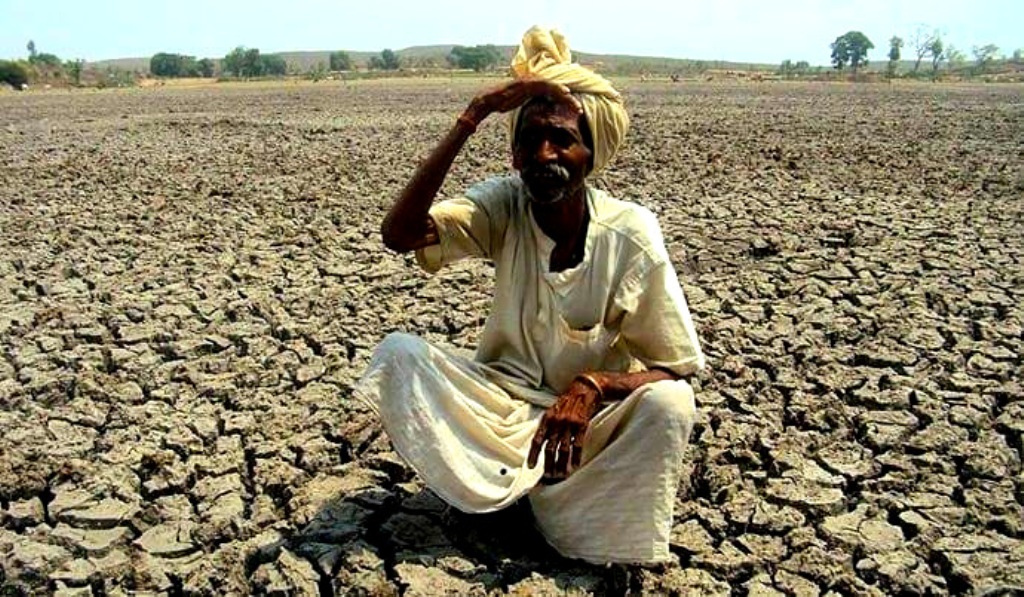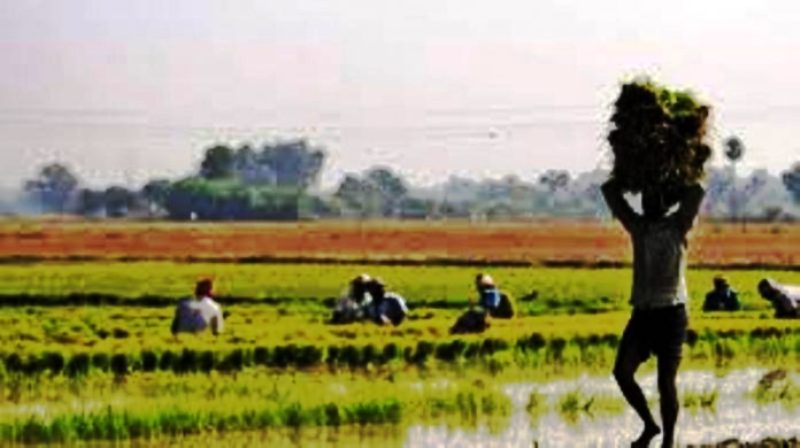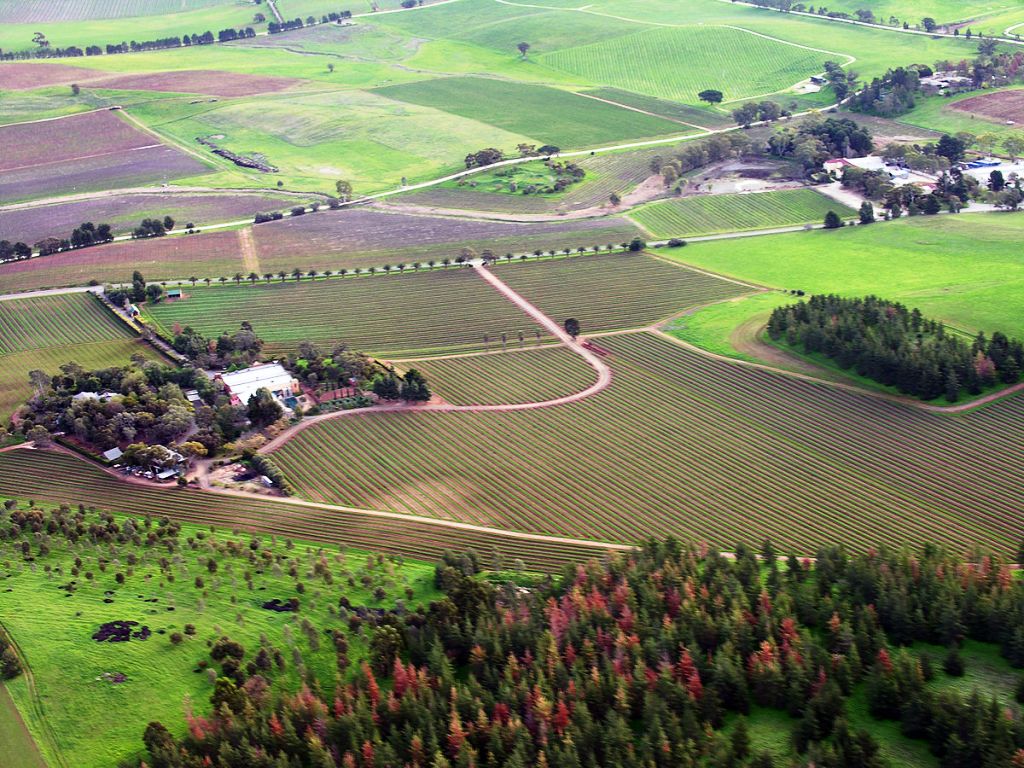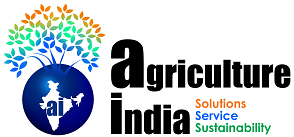
The Central and State Governments has formed more than 90 projections till date only for the development of rural India. Yet the intended goal has not been achieved, reviews for the failure is essential. 68% of the country’s population is in rural areas and remaining 32% is in urban areas. There are 6,32,596 villages, of these 44,800 villages are uninhabited and 5,93,731 villages are inhabited.
Below poverty line:
As per the 2011-12 statistical figures, 15.3% are below poverty line. More than 19 cores of people are living in distress. There is 141 million hectares of cultivation area, out of that only 39 million hectares are able to yield bi-annually. There are about hundred rivers and tributaries.
Small holdings:
Although having the sufficient resource, we failed to achieve our targeted goal because of average land ownership of 1.1 hectares. While implementing all the projects in limited area,need to look-up various challenges. This is mainly due to small holdings, very low revenue, limitations on investments, lack of advisable prices for crops and failed to control over the prices of credentials.

The major issues are limitations to adopt and implement new technologies are also hampered, apart from agriculture there is no occupation and source of income for villagers and most of them have a burden of legacy debts.
Unable to get fair price:
By looking at all these fall back, one fear that, villagers may not have future.Even if the crop is grown much, they won’t get the right price. Sometimes can’t be grown due to monsoon effect. At present, only by practicing agriculture one cannot afford to lead his life. As a result, Government has been constantly announcing the wave off of interest rate or loans, support prices for crops (MSP), drought relief and calamities relief funds.
Need for permanent relief:
None of these provide a permanent solution. So, need to think what to be done to solve the problem. Farmers’ land should remain with them. Since they cannot invest, the nature of project needs to be different. There should be higher dividend with getting investment from them.In this direction,I have planned Smart Village Economic Zone.For this, we can arrange different source of Income. Thereby, light of hope must hap in their lives.
As already said average land holdings is 1.1 hectares. All of them are working as urban laborers for wages, as at least 4 members of a family cannot live happily. By avoiding this, it’s possible to produce high in the land itself and to create employment opportunities.

Constituency of MP’s as units:
The constituency of MP’s should be treated as a unit for Smart Village Economic Zone. In the first phase, 470 hectares of land will be considered. Byits 16.75 hectares, variety of work opportunities will be set out, remaining 64.25 hectares functions for agriculture production. S.V.E.Z. will be established in 81 hectares which is owned under Group system. The remaining 389 hectares of land will be opt for management.
Farming of agricultural production is carried out in accordance with Central Governments’ ‘Central Production and Regulations Authority’and can also get the chance for continuous supply. In addition to all this, out of 543 MP’s Constituency, 500 Constituency are suitable for installing SVEZ including both rural and urban areas.
1% of country’s GDP:
This requires capital and support to function all tasks systematically and smoothly. For this 1% of country’s GDP is enough. Currently there are more than 30 subsidy schemes in agriculture sector by the central and state governments. Similarly all agriculture related projects are required to bring under monolithic floor.
Farmers are the owners of the Farm:
The specialness of SVEZ is, here farmers are the owners of their own land. Nevertheless, this will not transfer to the governing council or to the government. Land owners have 12 years contract to pursue agricultural activities. All profits will be shared after deducting the maintenance cost.
Field-grown crops are not cart to the market directly. It will be preserved in warehouses. For this own network of warehouses will be setup. Loans will be provided for landlords when they are in need. Its responsibility is in the hands of governing body itself. As the crop is being sold through the board, the loan installment amount is deducted from the money which he receives. The rest of the money is transferred to their respective bank account. This will facilitate the farmers in many ways. Initially, besides giving over the land to the group system they do not invest money. Secondly the generated earnings will be shared Farmers’ representative will also be there in the governing body.
Representation of farmer’s in governing council:
Years later, the power to handle the management of SVEZ independently is accessible to the farmers’ representative in the board. For this, training will be given to the needy. The management of project under SVEZ requires an investment of Rs.60 lakhs. It must be collected from different sources. Rs.3 cores from investors and both central and state government’s jointly provides flat subsidy (subsidy offered in an installment at a time). That would be around Rs.3 cores 50 Lakhs. Adding, SVEZ has the eligibility to get Rs.2 cores 79 Lakhs from existing regular subsidy scheme. So, the government has to give an expansion amount of Rs.71 Lakhs only.

Roof-based solar power units will be installed. It will cost Rs.140 Lakhs which will be performed under boot-model. Alike, the national highways are being maintained. Rs.3 cores 20 Lakhs will be borrowed from nationalized banks for agricultural projects. Aside from this, there will be Rs.50 Lakhs for working capital. Altogether it will be Rs.11 cores 60 Lakhs.
Benefits to Investors:
20% profit will make out as to get by the investors. It will entice them. If not,nobody look-forward to invest. Also the bank loans will be repaid.
The banks are lending a total of Rs.8 Lakhs cores to the on-going agricultural sector. Out of this Rs.9 cores 60 lakhs is offered for projects. The duration of entire project will be 5 years. Every year 600 SVEZ’s will be setup in a parliamentary constituency.
Acreage dividend:
As an acre earns Rs.1 lakh per annum, 2.5 acres will get the profit of Rs.2 Lakhs 50 Thousand. Despite of all expenses, a SVEZ makes a profit of Rs.200 Lakhs per annum.

Multi-Purpose Building Complex:
This includes large warehouses that can stock up to 800 tons of agricultural produce and solar power plants that can generate 200 Kilo watts of electricity. Also there will be a custom hiring center, laboratory, atmospheric radiation measurement center, information center, fertilizers storage unit, counseling room with infrastructure for the officers and meeting hall for members. It will be designed for multi-purpose operations. This is the specialty of SVEZ.
Also, there will be units of dairying, sheep-goats rearing, poultry farming, fishing, nutrient production, value addition, veterinary food preparation etc., It’s a rare project having all the components under one roof.
Importance of Forests:
In the past, every village had forests in and around it. SVEZ creates forests in the same pattern.Here greater number of trees are grown which earns richly in the market. After two decades, the sale these would yield better.
Growers to Users:
The motto of SVEZ is ‘from growers to consumers’. There is no intervention of middleman. The benefit is to the farmers and consumers. If there is contentment to the farmers who have got a better price for product, there will be satisfaction to the consumers who had purchased the best agricultural product at the right price.
For More information Please contact S.A. Vasudevamurthy, Land line Number:
080 26985100 or 080 26985101 Email: [email protected]

































